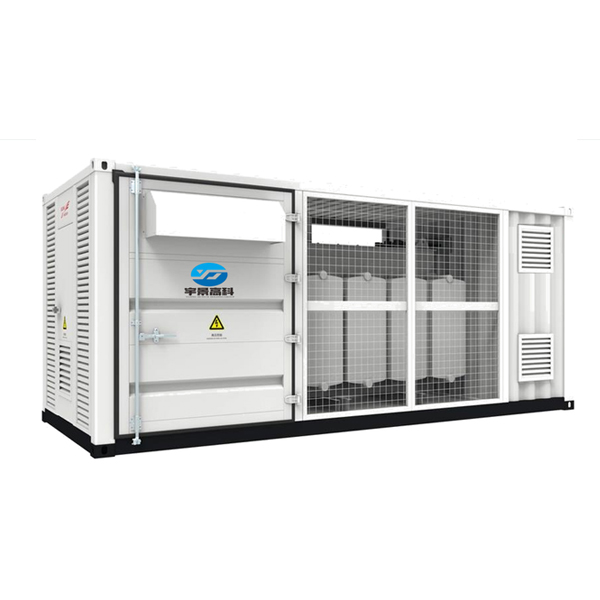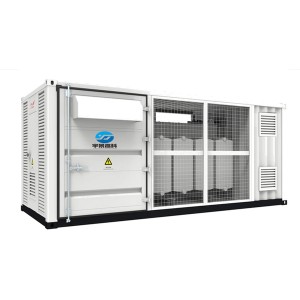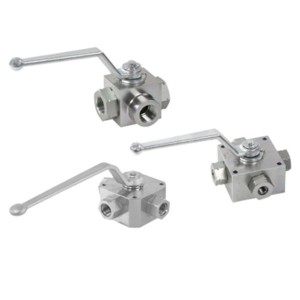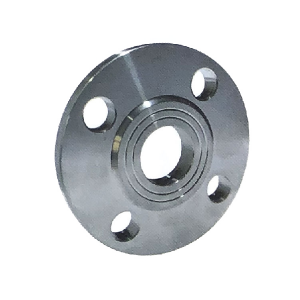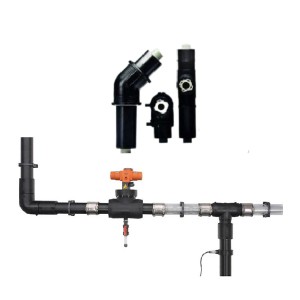Energy Storage Power Station
An energy storage power station consists of a battery energy storage system (mainly using lithium-ion battery packs), bidirectional power converter (PCS), battery management system (BMS), energy management system (EMS), and intelligent monitoring platform, equipped with a fire protection system and temperature control device (temperature difference control ±2℃). With a single-unit capacity of 500kWh-100MWh, charge-discharge efficiency ≥95%, and cycle life ≥6,000 times (depth of discharge ≥80%DOD), it features fast response (power regulation speed ≤2s), peak shaving and valley filling, smoothing renewable energy fluctuations, and enhancing grid stability. The EMS optimizes charging/discharging strategies to store energy during low electricity price periods and release it during peak periods, achieving temporal-spatial power transfer. Widely used in grid-level frequency regulation (primary/secondary), photovoltaic/wind power supporting energy storage, commercial/industrial peak-valley arbitrage, data center backup power, and island microgrid scenarios, it adapts to centralized/distributed energy systems with voltage classes of 10kV-35kV.

